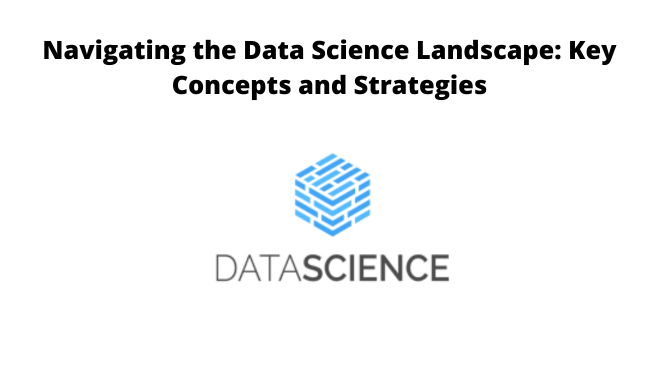Discover the incredible potential of softmax for binary classification. Learn how this mathematical function enhances classification accuracy and optimizes decision-making in machine learning models.
Introduction: Embracing Softmax for Binary Classification
In the realm of machine learning and data science, the concept of softmax for binary classification has emerged as a true game-changer. This article delves deep into the intricacies of “softmax for binary classification, and how it propels accuracy to new heights.
What is Softmax for Binary Classification?
Softmax, in its essence, is a mathematical function that transforms a vector of real numbers into a probability distribution. It takes the raw output scores of a model and converts them into probabilities. In the context of binary classification, softmax is utilized to predict the likelihood of an instance belonging to one of the two classes. This function not only offers probability scores for each class but also ensures that the sum of these probabilities equals 1, making it highly suitable for classification tasks.
The Inner Workings of Softmax
Softmax operates by applying the exponential function to each raw score and then normalizing the results to create a probability distribution. This normalization ensures that the largest score dominates the others, effectively indicating the model’s most confident prediction.
Leveraging Softmax for Enhanced Accuracy
Softmax’s ability to provide well-calibrated probability scores is invaluable in binary classification. Its application extends to various domains, including image recognition, sentiment analysis, and medical diagnosis. By assigning probabilities to classes, the model can make informed decisions and quantify its confidence levels.
The Role of Cross-Entropy Loss
In tandem with softmax, the cross-entropy loss function plays a pivotal role. It measures the dissimilarity between predicted probabilities and actual class labels. By minimizing this loss, the model fine-tunes its parameters, resulting in improved accuracy and convergence.
The Advantages of Softmax
-
Probabilistic Interpretation: Softmax produces probabilities that offer insights into the model’s predictions.
-
Multi-Class Adaptation: While suitable for binary classification, softmax effortlessly scales to handle multi-class scenarios.
-
Decision Thresholding: The probabilities generated by softmax can be thresholded to classify instances confidently.
Softmax vs. Sigmoid: Unveiling the Distinction
Comparing softmax with the sigmoid function reveals a key difference. While sigmoid returns independent probabilities for each class, softmax ensures their sum equals 1, promoting mutual exclusivity between classes.
LSI Keywords: The Key to Comprehensive Understanding
To truly grasp the implications of softmax for binary classification, it’s essential to comprehend related LSI keywords:
-
Logistic Regression
-
Machine Learning
-
Neural Networks
-
Classification Algorithms
-
Probability Distribution
FAQ’s About Softmax for Binary Classification
How does softmax improve binary classification accuracy?
Softmax improves accuracy by providing calibrated probability scores, allowing the model to make confident predictions and understand its own uncertainty levels.
Can softmax handle multi-class classification?
Yes, softmax is versatile enough to extend to multi-class scenarios, providing probability distributions across multiple classes.
Does using softmax eliminate the need for feature engineering?
No, softmax complements feature engineering by enhancing the model’s decision-making process. Proper feature engineering still contributes significantly to accurate predictions.
Is softmax limited to specific machine learning algorithms?
No, softmax can be employed with various algorithms, including logistic regression, neural networks, and other classification methods.
How can I determine the optimal decision threshold when using softmax?
The decision threshold can be chosen based on the desired balance between precision and recall, considering the specific requirements of the application.
Are there any alternatives to softmax for binary classification?
While softmax is widely used, other functions like the sigmoid function can also be applied. The choice depends on the problem at hand and the desired output characteristics.
Conclusion: Elevate Your Binary Classification with Softmax
Softmax for binary classification stands as a testament to the transformative power of mathematical concepts in machine learning. Its ability to assign calibrated probabilities and enhance decision-making accuracy cements its role as a cornerstone in the field. Whether in medical diagnoses or image recognition, embracing softmax unlocks the potential for models to reach new heights of predictive prowess.
==========================================




